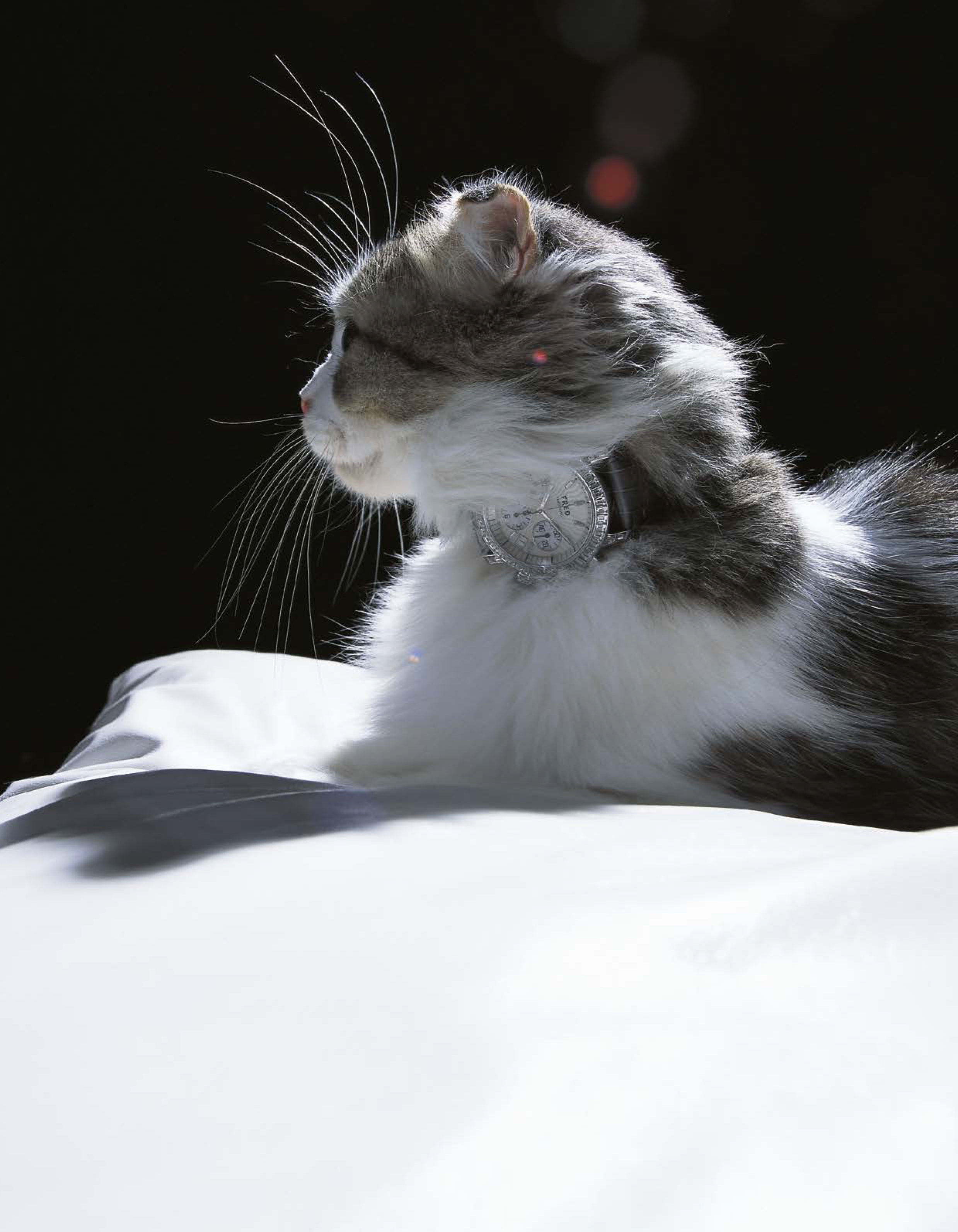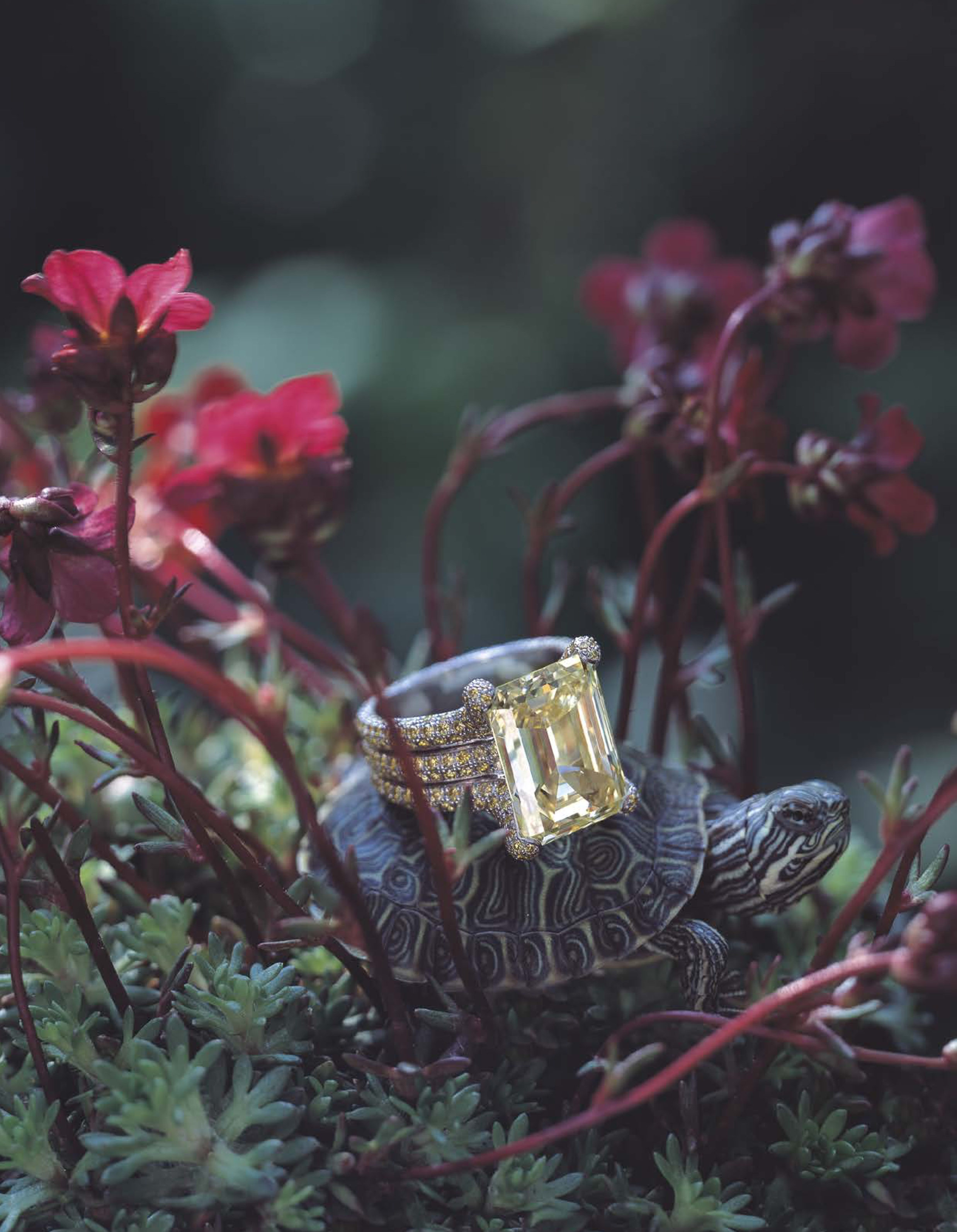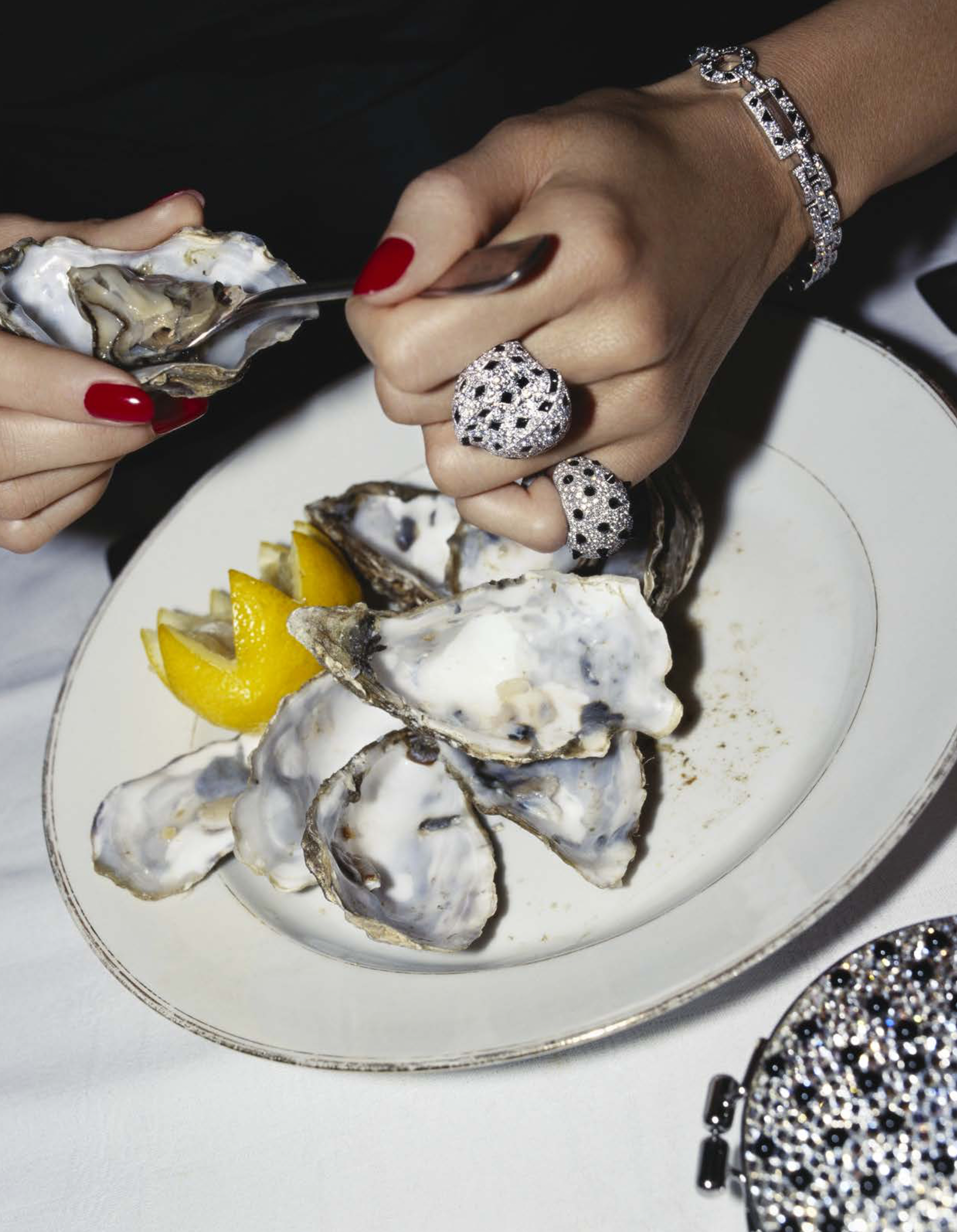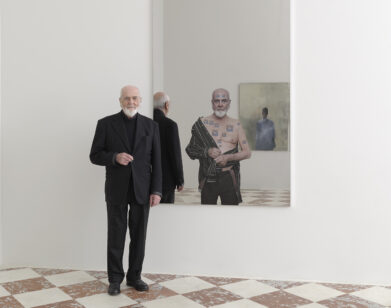INTO: Eating Cartier Spaghetti with Still Life Master Thomas Lagrange
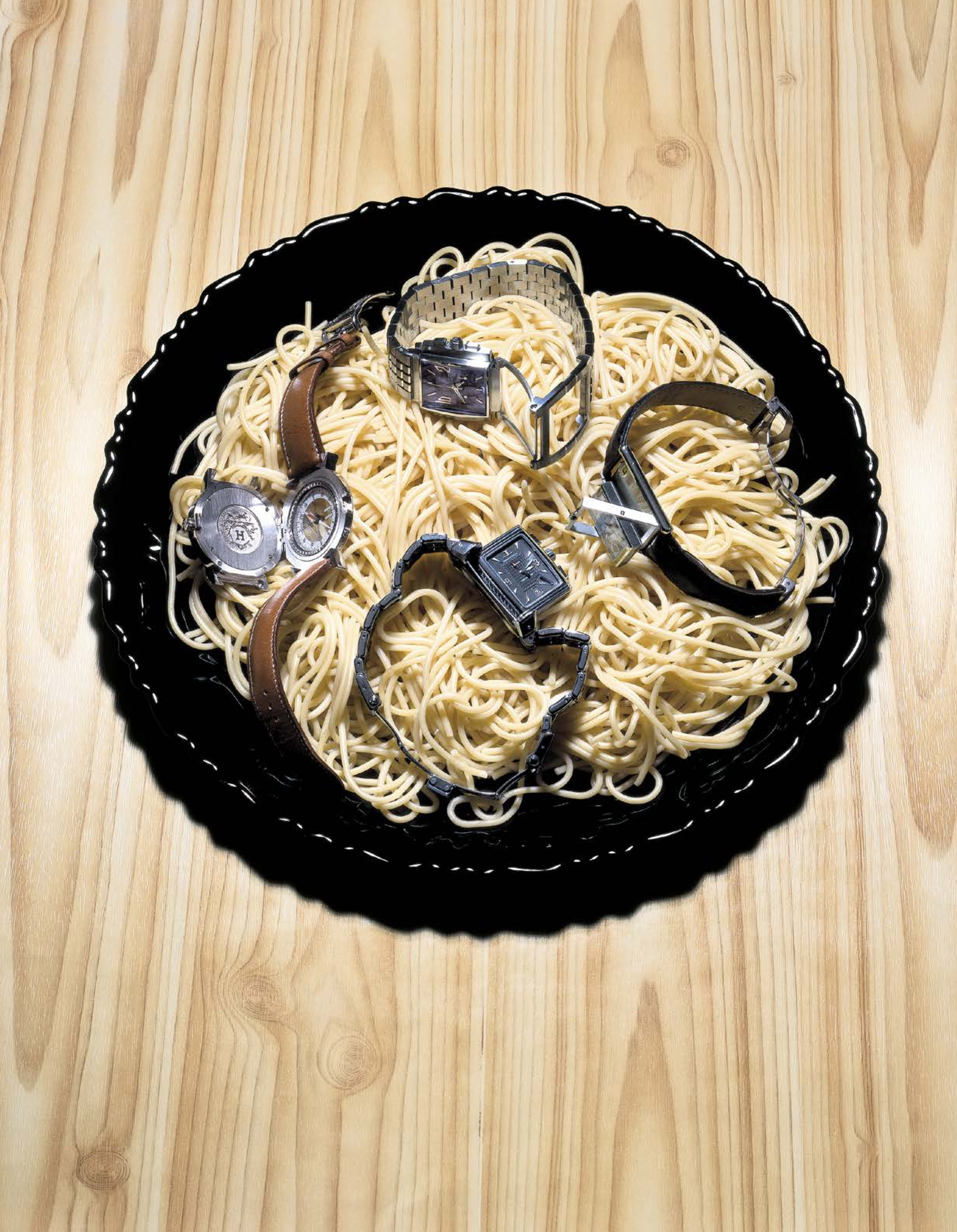
“Into” is a series dedicated to objects, artworks, garments, exhibitions, and all orders of things that we are into—and there really isn’t a lot more to it than that. Today: Executive Editor Thom Bettridge feasts on a new monograph by photographer Thomas Lagrange, whose hyper-expensive still life scenes evoke a delectable sense of objectophilia.
If you look “fetish” up in the dictionary, you’ll find two definitions. The first refers to the word’s most commonly used meaning: “a form of sexual desire linked to a particular object.” The second refers to the voodoo doll-like meaning of the word: “an inanimate object considered to be inhabited by a spirit.” 299 Images, the new monograph by master still life photographer Thomas Lagrange, is an exploration of the strange terrain between these two modes of “fetish.” While the book’s photographs, most of which were taken of timepieces and fine jewelry, dive head first into the inherent seduction of the hyper-expensive, they also seem to imbue these objects with a strange kind of life. Stacks of champagne bottles in a washing machine, a Stonehenge of perfume bottles placed precariously in a gray expanse, a yellow diamond ring riding atop a tiny live tortoise: The scenes in these images read like a fairy tale with no characters. And yet, something human remains. “The imaginary life I invent for each each object I shoot comes from the indefinitely stretched string of my childhood,” Lagrange says, recalling the women who helped raise him in rural France. “Their bags, their shoes, their lipstick were weapons in their hands.”
I’m into 229 Images because I’m the kind of person who enjoys the clicky sound my headphone case makes when I close it, or buying an object and opening its box, and its other box, and finding it inside tiny velvet satchel. The book speaks to this set of feelings not just on the level of my hyperactivity-induced affinity for AMSR, but as a form of high drama that takes place inside the fantastical, microcosmic worlds one finds upon a watch face or in the refracted light of a diamond. When I ask Lagrange what spaghetti tastes like after it’s had a Cartier watch sitting on it, he says, “It tastes the same as with or without. Some rare jewels are incredibly moving, but I consider most of the incredibly expensive stuff I shoot to be toys.”
